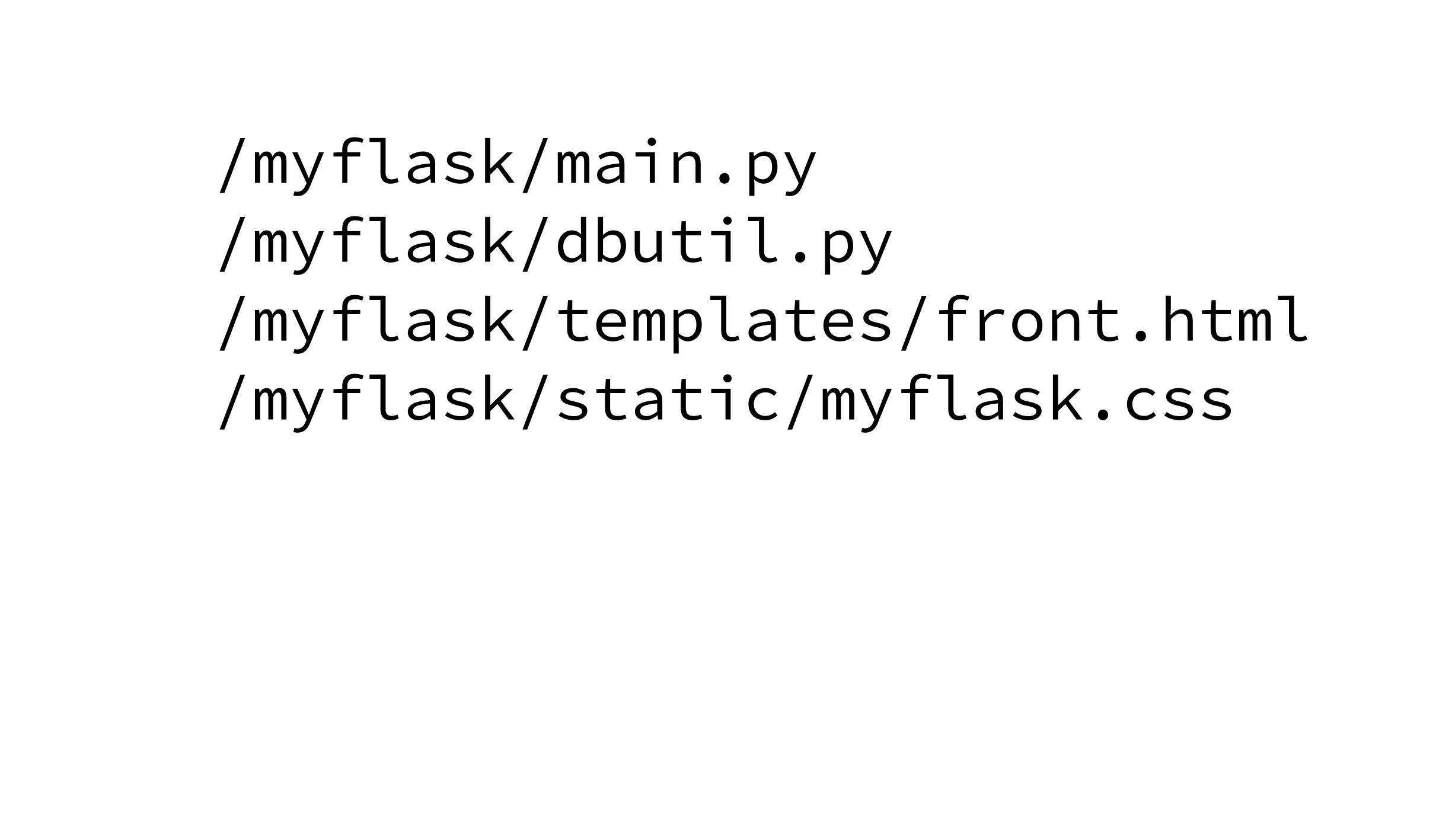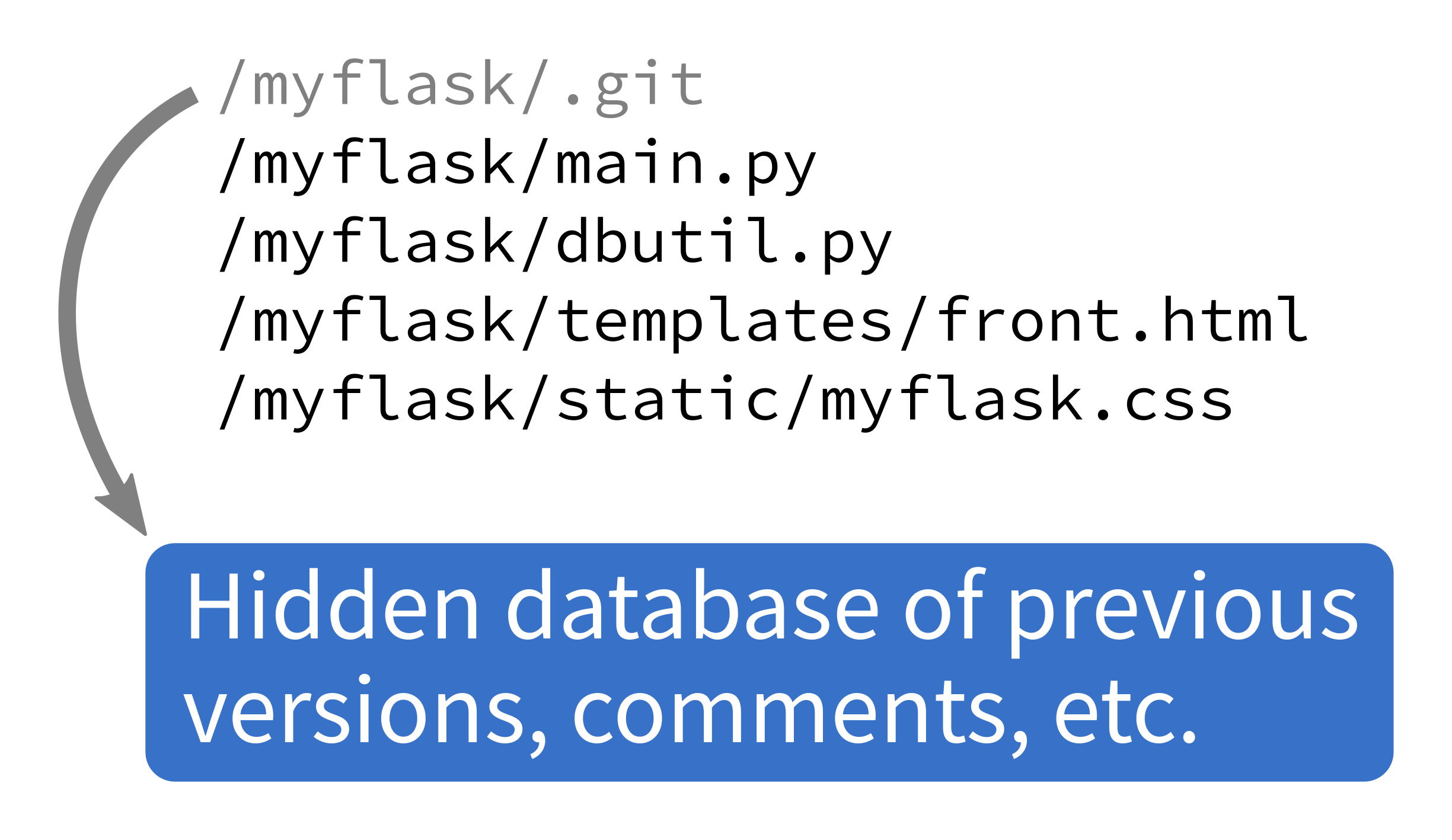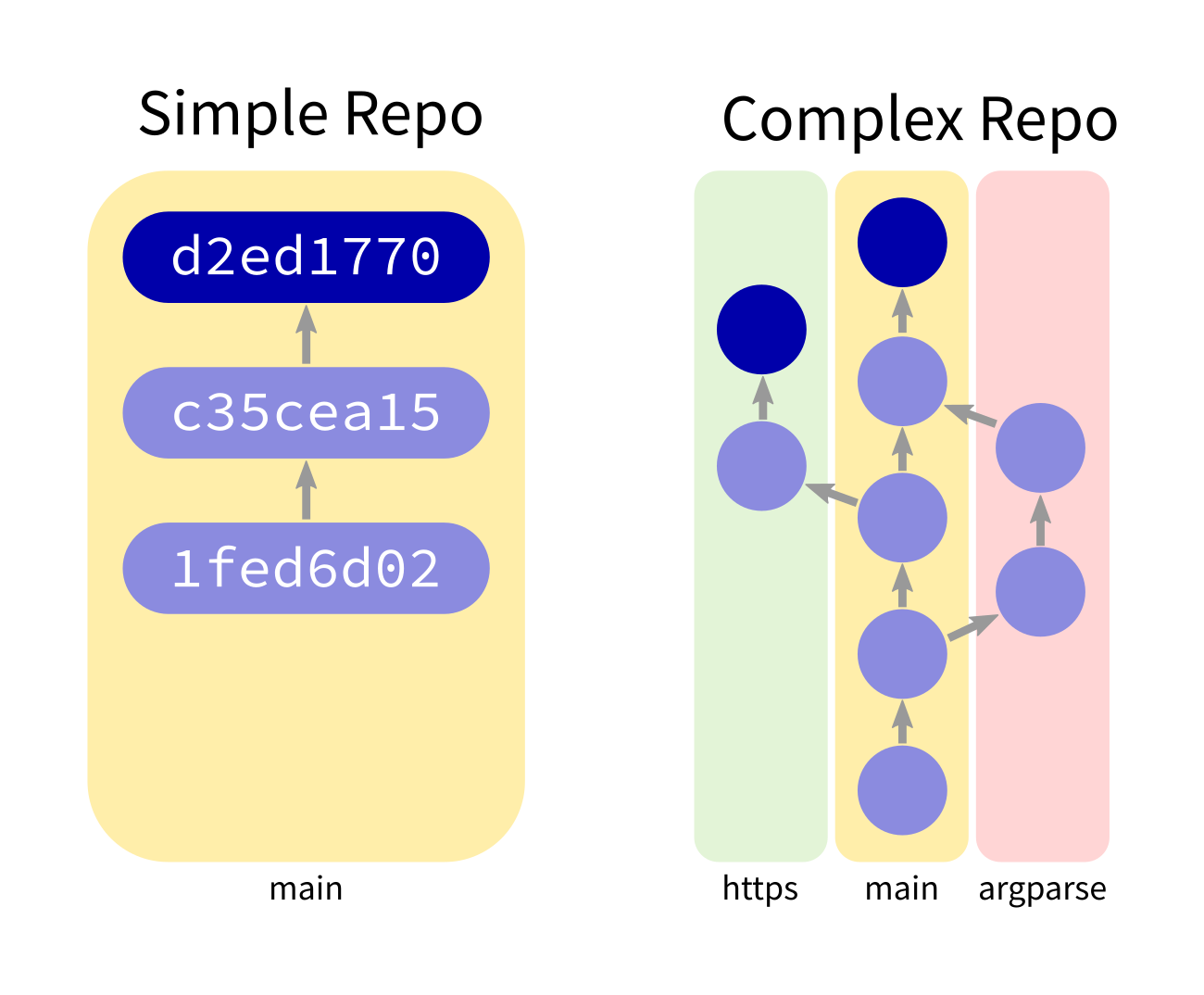Lecture 39
Version control
MCS 275 Spring 2023
Emily Dumas
Lecture 39: Version control
Reminders and announcements:
- Please complete your course evaluations.
- Homework 14 (the last!) due Tuesday
- Project 4 autograder is open
- Projects requiring subdirectories should upload as a ZIP file
Version control
A system to:
- Track changes
- Document changes
- Archive previous versions
- Allow concurrent work
Version control systems (VCS) are also known as "source code management" (SCM).
Do you have this?
project4.py
project4draft.py
project4-new.py
project4-fixed.py
project4-fixed-debug.py
project4final.py
project4final2.py
project4final3.py
project4final3 (1).py
project4final_fixed-new2_revised\ (1).2022-04-27.pyA version control system (VCS) can help.
VCS
Some version control systems:
- Historically important
- 1970s: VAX/VMS filesystem has versioning
- 1980s: Revision Control System (RCS)
- 1990s: Concurrent Versions Systems (CVS)
- 2000s: Subversion (SVN)
- Widely used today
- git
- fossil, mercurial, ...
git
A VCS created by Linus Torvalds* in 2005.
Key properties:
- Open source
- Distributed
- Nonlinear
- Offline-friendly
* Finnish software developer and creator of Linux (1993).
Free to use; multiple implementations available.
Everyone has a copy of full history.
Supports parallel branches of development; no concept of a single "latest" version.
Many commands operate only on local files. Sync with others when ready.
Online services
There are some popular online services that will keep a copy of your repository on a server and/or let you interact with it in a browser.
These let you voluntarily centralize a purposely decentralized system.
Project

Repository

git init
Creates a git repository in the current directory.
Initially has empty history and doesn't track any files.
Data lifecycle







git add



Put current version of the file in a staging area.
git commit



Record staged changes in the database.
(These files will be tracked from now on.)
git log
Show recent commits and descriptions.
git status
Show summary of current situation.
Another commit






git push



Contact a remote repository and send it commits that are in our database but not theirs.
Fails if remote has changed since our last push!
git pull




Contact a remote repository and get commits from its database that are not yet in ours.
May trigger a merge if there have been changes to both local and remote since we last pulled.
Looking at history
git show COMMIT:FILEwill display file contents at any commit.
git clone
Make a local copy of an existing repository (from URL, directory, ...).

Not covered today
- checkout – change which version is seen in the filesystem
- reset – set files and/or DB back to a previous state
- branch – name a series of commits
References
- git home page
- Official git documentation (includes tutorial videos, Pro Git book)
- git - the simple guide (nice practical introduction, with mild profanity)
Revision history
- 2022-04-29 Last year's lecture on this topic finalized
- 2023-04-23 Updated for 2023